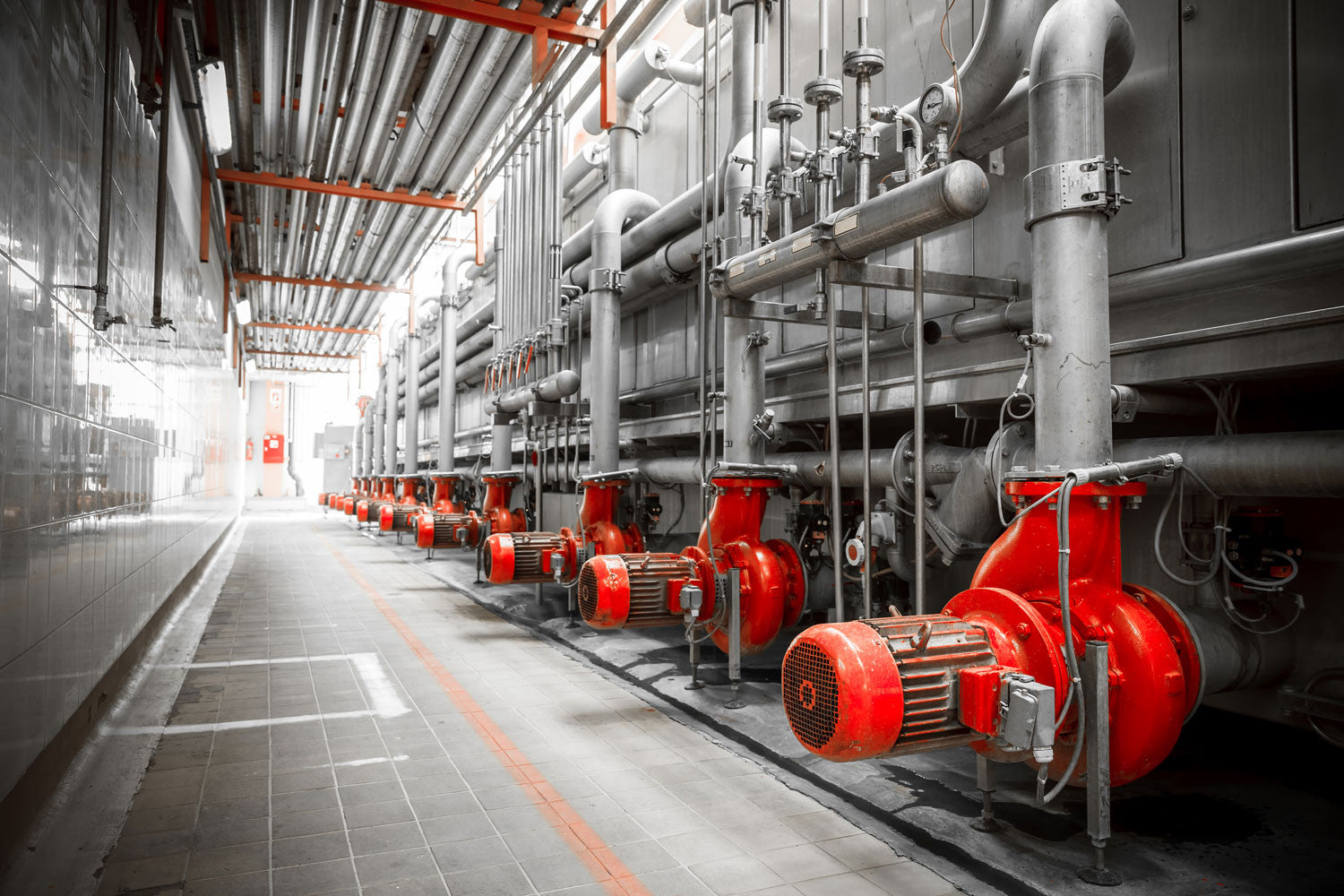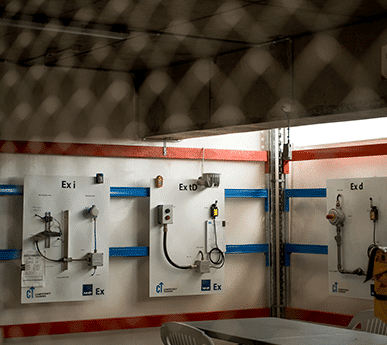Little Known Facts About Roar Solutions.
Table of ContentsHow Roar Solutions can Save You Time, Stress, and Money.The 4-Minute Rule for Roar SolutionsIndicators on Roar Solutions You Need To Know
In order to shield installments from a prospective surge an approach of analysing and classifying a possibly dangerous area is called for. The function of this is to ensure the proper choice and setup of devices to ultimately avoid an explosion and to make sure security of life.

No tools ought to be mounted where the surface area temperature of the tools is above the ignition temperature of the provided danger. Below are some typical dirt hazardous and their minimum ignition temperature. Coal Dirt 380C 225C Polythene 420C (melts) Methyl Cellulose 420C 320C Starch 460C 435C Flour 490C 340C Sugar 490C 460C Grain Dirt 510C 300C Phenolic Resin 530C > 450C Aluminium 590C > 450C PVC 700C > 450C Soot 810C 570C The likelihood of the threat being present in a focus high adequate to trigger an ignition will vary from area to area.
In order to identify this danger an installation is separated right into areas of risk relying on the quantity of time the dangerous is present. These locations are described as Zones. For gases and vapours and dusts and fibres there are three areas. Area 0 Area 20 A dangerous ambience is very likely to be present and might exist for long periods of time (> 1000 hours each year) or also constantly Zone 1 Area 21 A harmful environment is possible yet not likely to be present for extended periods of time (> 10 450 C [842 F] A classification of T6 implies the minimum ignition temperature is > 85 C [185 F] Hazardous location electrical devices possibly created for use in greater ambient temperatures. This would certainly indicated on the ranking plate e.g. EExe II C T3 Ta + 60C( This indicates at 60C ambient T3 will certainly not be gone beyond) T1 T1, T2, T3, T4, T5, T6 T2 T2, T3, T4, T5, T6 T3 T3, T4, T5, T6 T4 T4, T5, T6 T5 T5, T6 T6 T6 A T Class ranking of T1 implies the maximum surface area temperature created by the instrument at 40 C is 450 C. Thinking the associated T Course and Temperature ranking for the equipment are ideal for the area, you can constantly utilize a tool with a much more rigorous Division score than needed for the location. There isn't a clear response to this inquiry. It actually does depend upon the kind of equipment and what repair services require to be performed. Equipment with details examination procedures that can't be executed in the area in order to achieve/maintain 3rd party rating. Have to return to the factory if it is before the tools's solution. Field Repair Work By Authorised Worker: Difficult screening might not be called for however certain treatments might require to be followed in order for the devices to keep its 3rd party ranking. Authorized personnel must be utilized to execute the work properly Repair have to be a like for like substitute. New component should be taken into consideration as a direct replacement requiring no special testing of the equipment after the repair service is complete. Each piece of tools with a harmful rating need to be examined individually. These are described at a high level listed below, but also for even more detailed details, please refer directly to the guidelines.
Roar Solutions Fundamentals Explained
The tools register is a thorough data source of equipment documents that includes a minimum collection of fields to recognize each item's area, technical parameters, Ex lover classification, age, and ecological data. The proportion of In-depth to Close examinations will certainly be identified by the Equipment Risk, which is analyzed based on ignition risk (the chance of a source of ignition versus the probability of a combustible atmosphere )and the unsafe area category
( Zone 0, 1, or 2). Applying a durable Risk-Based Inspection( RBI )approach is critical for making certain compliance and safety in managing Electrical Devices in Hazardous Locations( EEHA).
How Roar Solutions can Save You Time, Stress, and Money.

In terms of eruptive danger, a hazardous area is a setting in which an eruptive atmosphere exists (or may be anticipated to be existing) in quantities that require special preventative measures for the building and construction, installment and use devices. electrical refresher course. In this article we explore the obstacles encountered in the work environment, the risk control actions, and the needed competencies to work securely
It is a consequence of modern life that we produce, save or deal with a series of gases or liquids that are considered combustible, and a series of dirts that are deemed combustible. These materials can, in certain conditions, develop eruptive atmospheres and these can have major and terrible effects. The majority of us know with the fire triangular get rid of any among the 3 elements and the fire can not happen, yet what does this mean in the context of dangerous locations? When breaking this down right into its simplest terms it is basically: a mix of a certain amount of launch or leakage of a particular compound or product, combining with ambient oxygen, and the visibility of a source of ignition.
In the majority of circumstances, we can do little concerning the degrees of oxygen in the air, but we can have considerable influence on sources of ignition, for instance electrical tools. Unsafe locations are documented on the hazardous area category illustration and are recognized on-site by the triangular "EX LOVER" indication. Right here, amongst other vital details, areas are divided right into three types depending on the danger, the probability and duration that an explosive atmosphere will exist; Area 0 or 20 is regarded one of the most hazardous and Area 2 or 22 is regarded the least.
Comments on “What Does Roar Solutions Mean?”